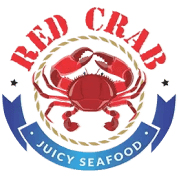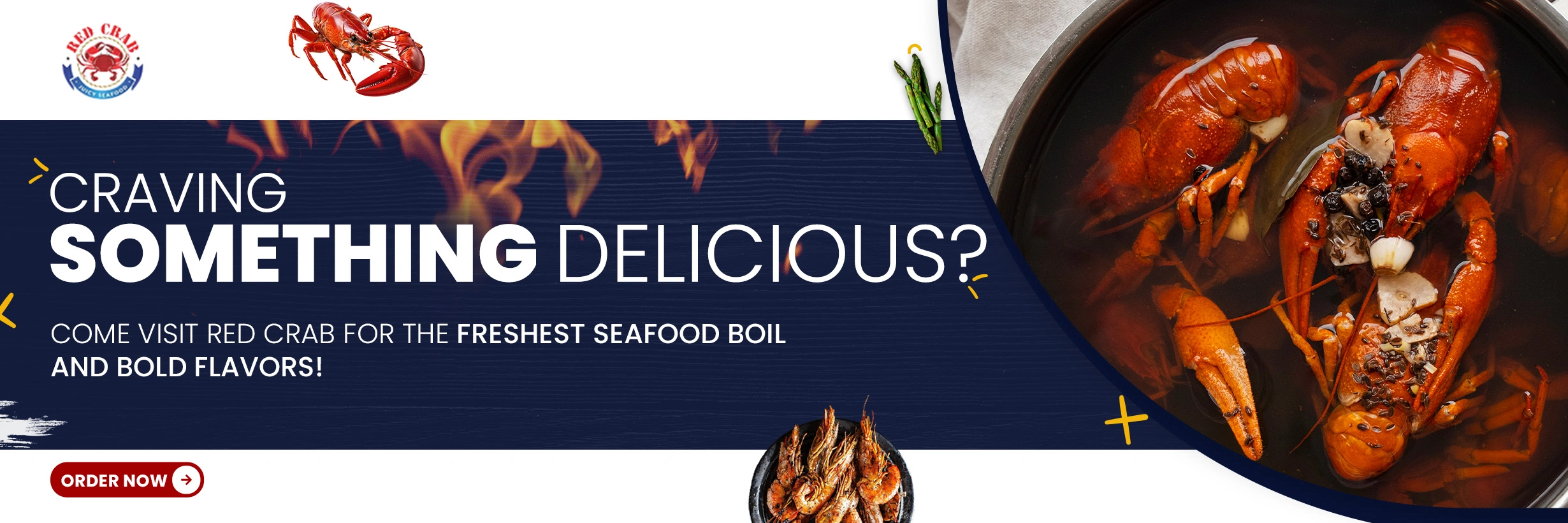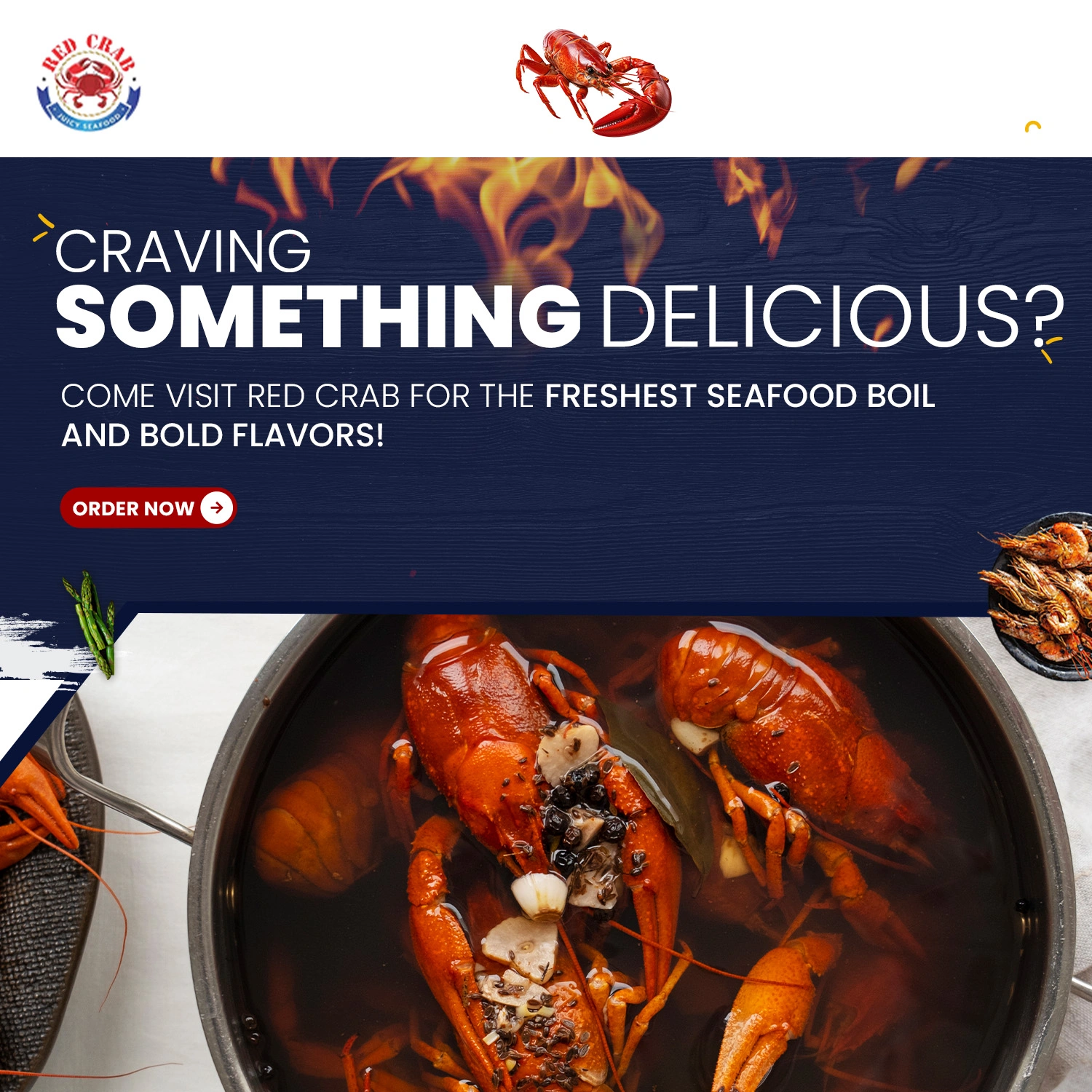Eat Seafood Sustainably
The ocean is full of amazing creatures, and seafood is a big part of many people’s diets. But did you know that some fishing methods harm the ocean? Overfishing and bad fishing practices can make some types of seafood disappear forever. That’s why we need to eat seafood in a way that protects marine life.
Table of Contents
What is Sustainable Seafood?
Sustainable seafood means eating fish and shellfish in a way that keeps the ocean healthy. It ensures fish populations stay strong and that we do not harm the environment. This way, people in the future can also enjoy seafood. Sustainable seafood comes from well-managed fisheries and farms that do not overfish or hurt marine life. It also means avoiding fishing methods that damage coral reefs or catch too many non-target species.
There are many ways to find sustainably sourced fish. Some labels show if seafood is sustainable. These labels help shoppers make smart choices. The Marine Stewardship Council (MSC) and Aquaculture Stewardship Council (ASC) are two well-known organizations that certify sustainable seafood. Restaurants and stores also support seafood sustainability by choosing sustainable fish for their menus and shelves. Checking these labels when buying seafood can make a big difference in protecting our oceans.
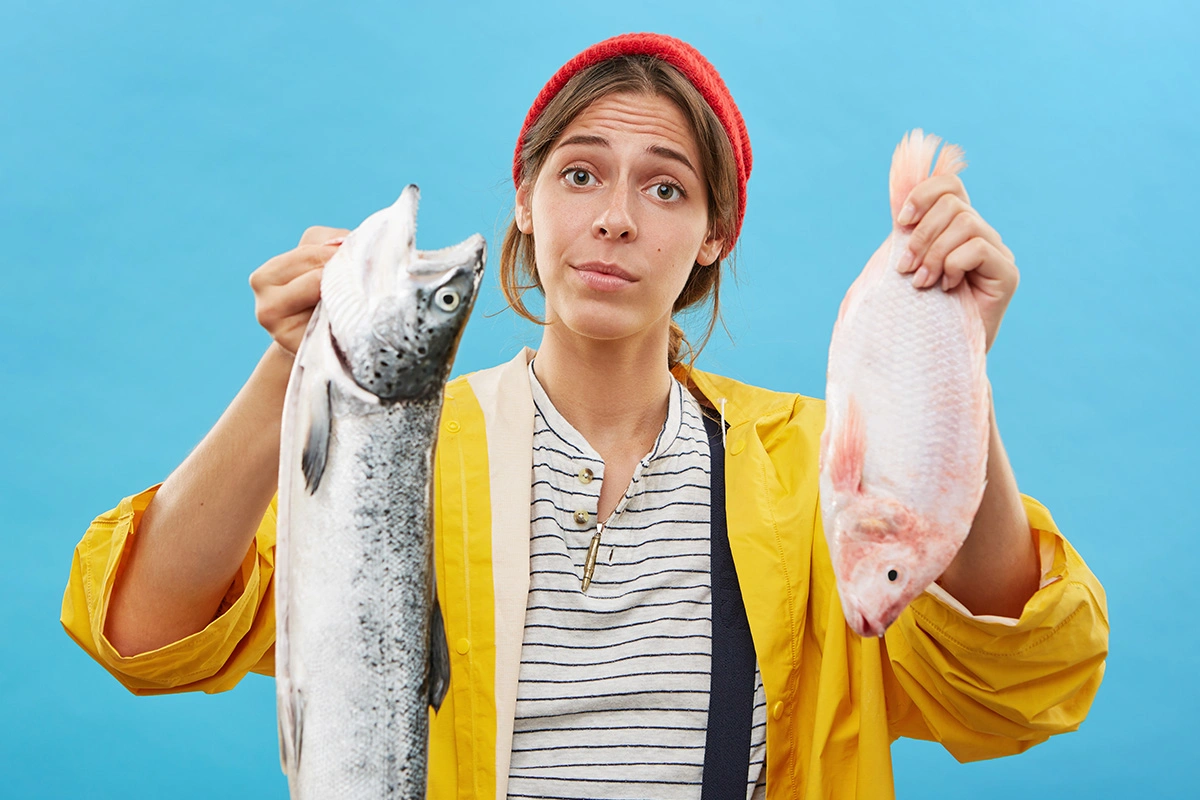
Why Does It Matter?
Smart Seafood Choices: Sustainable, Healthy & Business-Friendly
Eating sustainable seafood is not just good for the planet. It is also good for your health and businesses. Many sustainable fish are rich in nutrients like omega-3s, which help keep the heart and brain healthy. Choosing sustainably sourced seafood supports responsible fishing and helps fishing communities thrive without depleting fish populations.
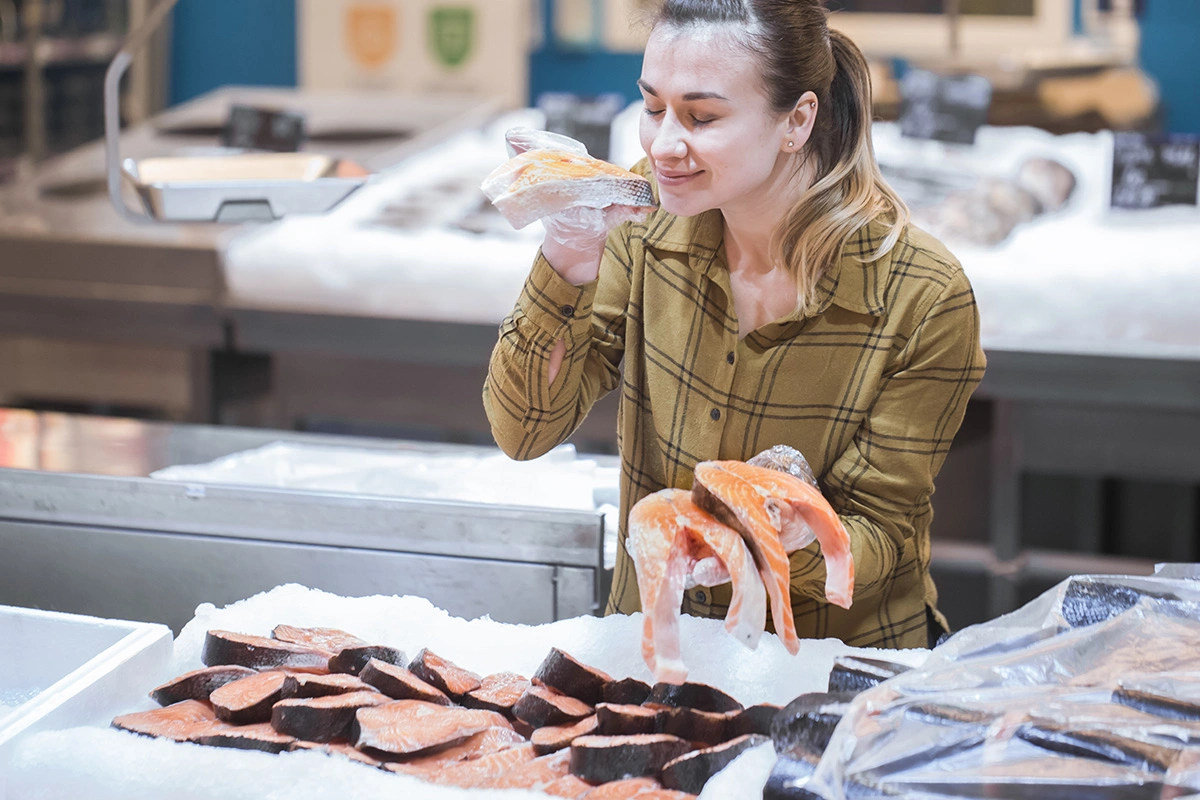
Health Benefits
Many sustainable seafood options, like salmon and sardines, are packed with vitamins and minerals. These nutrients help keep your body strong and healthy. Plus, sustainable seafood is often fresher and free from harmful chemicals found in poorly managed fish farms.
Business Benefits
Businesses also benefit from seafood sustainable practices. Restaurants and stores that sell sustainable seafood attract more customers. People want seafood that is good for the planet and their health. Sustainable seafood choices also ensure businesses have a steady supply of fish in the future. Overfishing can cause certain fish species to disappear, leading to shortages and higher prices. Supporting sustainable seafood helps businesses grow while protecting the ocean and securing long-term profits.
Building a Sustainable Environment
Fishing must be done carefully to protect the ocean. If too many fish are caught, it harms the balance of marine life. Sustainable seafood practices help keep fish populations stable. This protects the ocean and the people who depend on fishing for work and food. Without sustainable practices, overfishing can lead to fish species disappearing, which disrupts the food chain and damages ecosystems.
Sustainably sourced seafood helps protect other sea creatures too. Some fishing methods catch turtles, dolphins, and other marine life by accident. Sustainable seafood reduces this problem by using safer fishing techniques, such as selective nets that only catch certain fish. Using these methods helps protect marine biodiversity and ensures that the ocean remains healthy for future generations.
Sustainability Explained
Sustainability means making sure something lasts for a long time. For seafood, it means catching or farming fish in ways that do not harm nature. Sustainably sourced fish comes from places that follow strict rules to protect fish populations and their habitats. These rules prevent overfishing and promote responsible aquaculture.
Some fishing methods damage the ocean. For example, bottom trawling, which drags heavy nets across the ocean floor, can destroy coral reefs and marine ecosystems. Sustainable seafood avoids harmful methods like this. Sustainable farmed fish is also important. It uses safe and clean ways to raise fish without polluting water or spreading diseases to wild fish. Sustainable seafood ensures we do not run out of fish in the future and helps maintain a balanced ecosystem in the ocean.
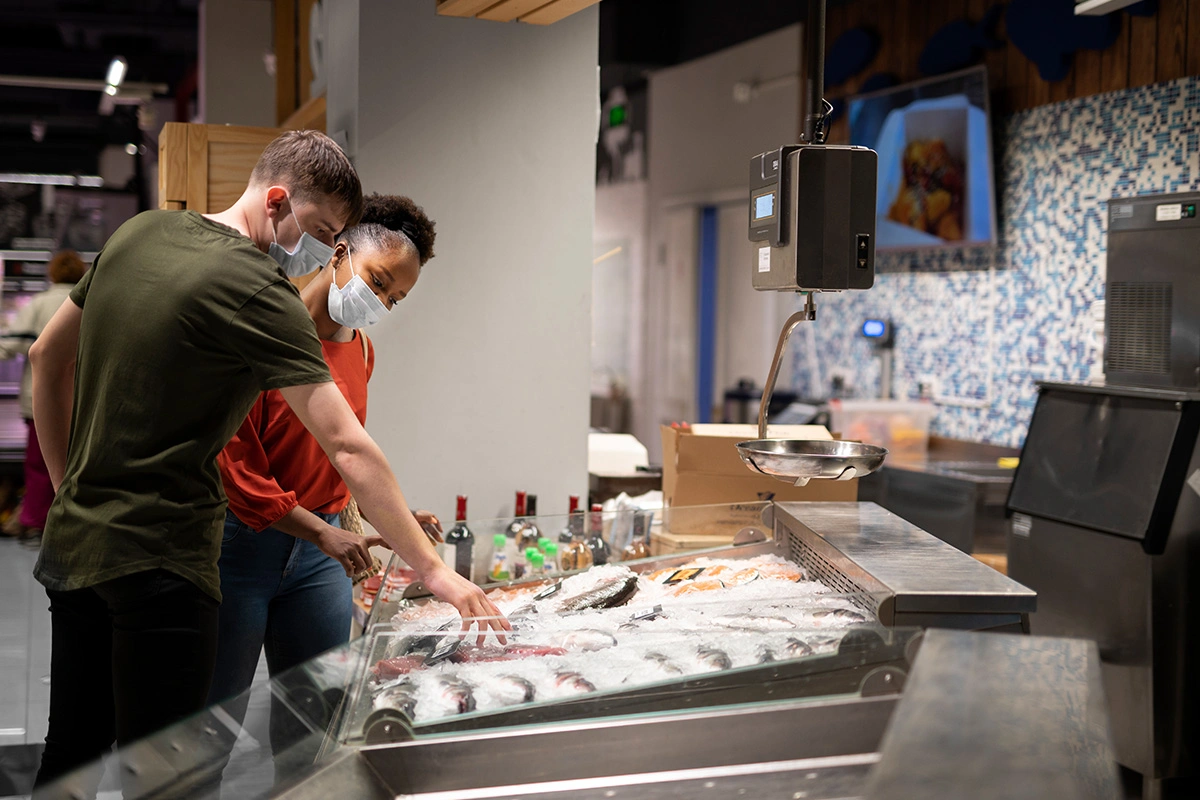
Why Does It Matter?
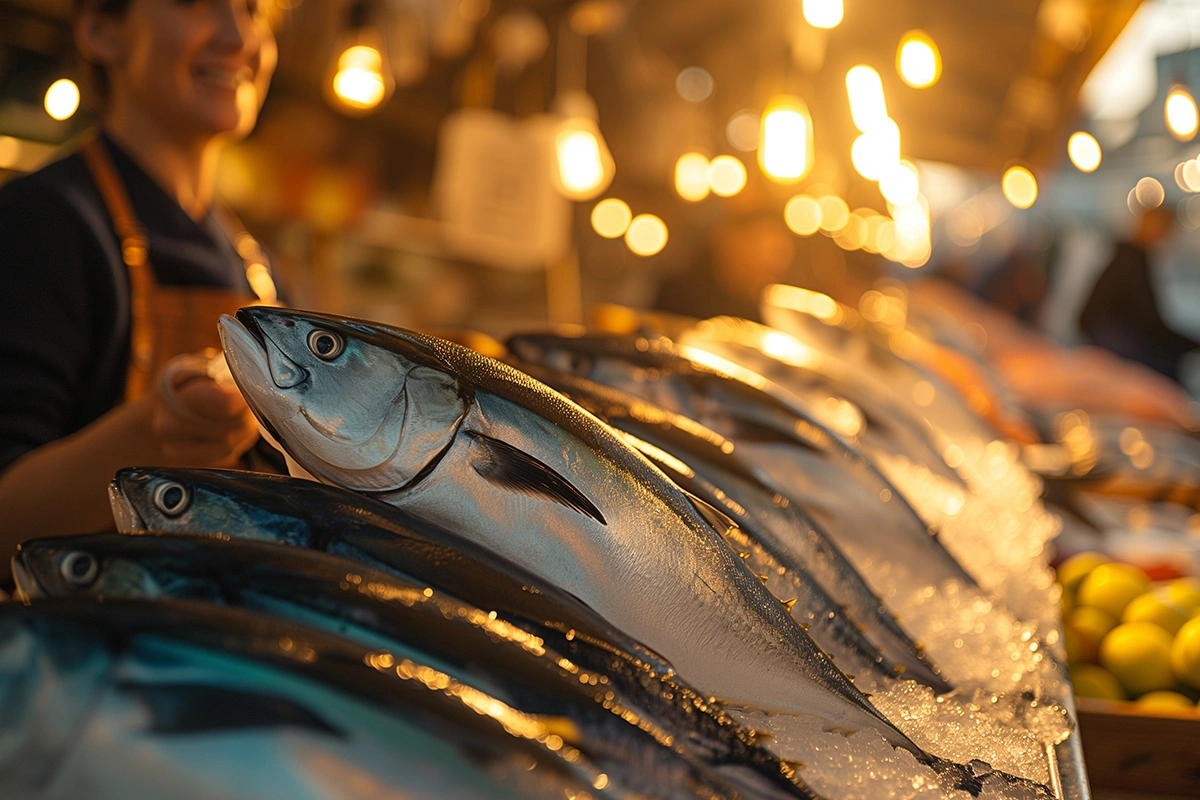
The Importance of Social Responsibility
Sustainable seafood also helps fishing communities. Many people rely on fishing for their jobs. If the ocean is overfished, these workers lose their income. Sustainable seafood ensures jobs remain for future generations by keeping fish populations healthy and abundant. Many coastal communities depend on fishing, and sustainable practices ensure their livelihoods are protected.
Fair Wages and Safe Working Conditions
Social responsibility means treating workers fairly. Some fishing industries do not pay fair wages or provide safe working conditions. By choosing seafood sustainability, we support fair working conditions for fishers and seafood workers. Sustainable seafood certification programs often include fair labor practices, ensuring that workers are treated with respect and earn fair wages.
The Key to Financial Sustainability
Stronger Economies
Restaurants and stores benefit from selling sustainably sourced seafood. More people want to buy sustainable seafood options. This increases sales and supports businesses that care about the environment. Companies that commit to sustainability also build a strong reputation, attracting eco-conscious consumers who are willing to support ethical businesses.
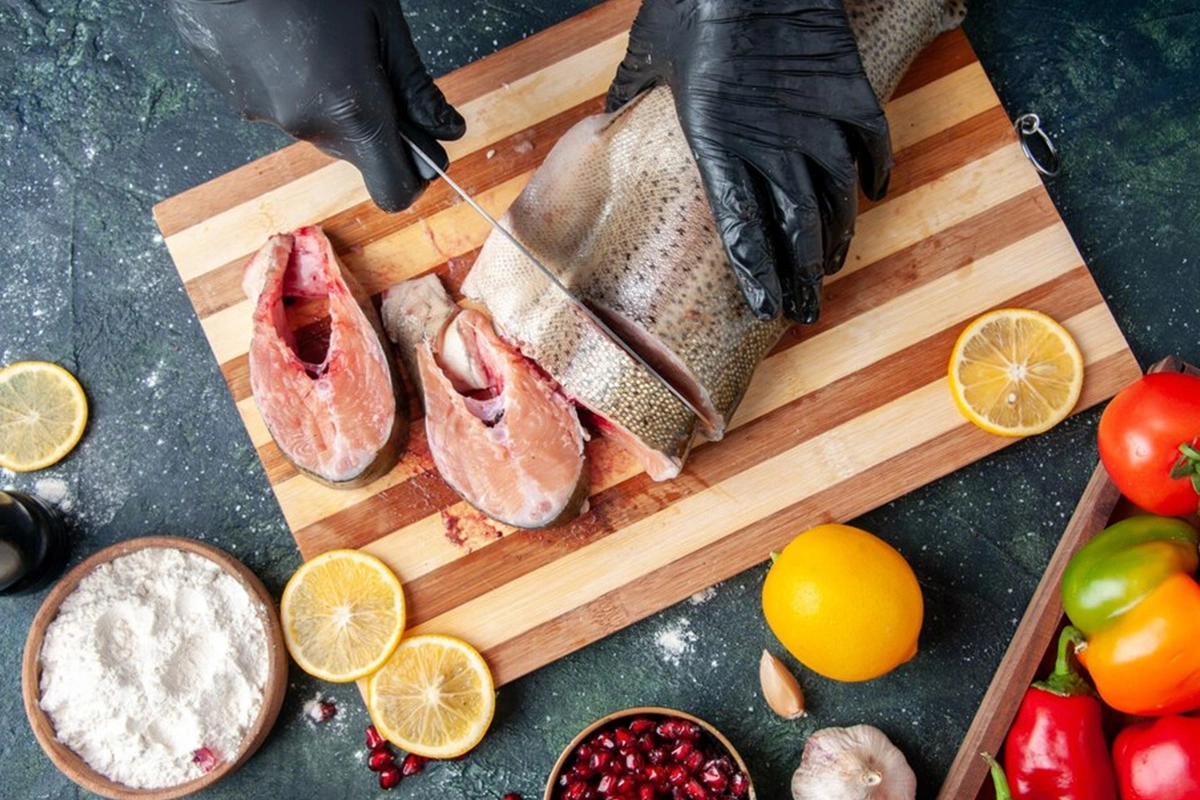
frequently asked questions
How can I tell if seafood is truly sustainable?
Does sustainable seafood cost more?
Is farmed seafood always bad for the environment?
Can eating sustainable seafood help fight climate change?
Yes, it reduces overfishing, protects ocean ecosystems, and lowers pollution from harmful fishing methods. Sustainable seafood practices also reduce carbon emissions by promoting responsible fishing and farming techniques that use fewer resources.
